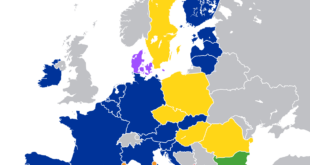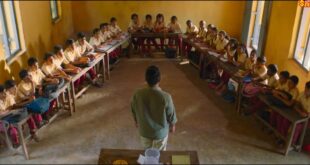GS-2
INDIA’S PERFORMANCE IN QS WORLD UNIVERSITY RANKINGS
- The eleventh edition of the QS World University Rankings by Subject was released on March 4, 2021.
- The report was compiled by Quacquarelli Symonds (QS).
- The ranking provided the independent comparative analysis regarding the performance of 14,435 individual university programme.
- As per the report, India’s private institutes have improved their performance in the latest report.
Key Findings of report
- The QS World University Ranking highlights that, the public ‘Institutions of Eminence’ were better-represented in the rankings as compared to the private ones.
- Out of the ten private universities which are selected as the Institutions of Eminence, six universities were finds place in the subject rankings,
- The OP Jindal Global University is the only private Institute of Eminence which finds place in top-100.
- The report highlights that, several numbers of programmes running at the India’s privately-run prospective Institutions of Eminence have made progress.
- Improved performance highlights the positive role played by the well-regulated private provision in enhancing the India’s higher education sector.
- The top performing Indian institutes include Indian Institute of Technology (IIT) Madras. The university was ranked at the 30th position for its petroleum engineering programme.
- IIT Bombay was ranked at 41st for mineral engineering while IIT Kharagpur was ranked at 44th position for mining engineering.
- University of Delhi was ranked 50th for the Development Studies.
- However, the number of programmes featuring across 51 subject rankings has decreased from 235 to 233. But India should be least concerned about this in the light of NEP-2020.
Challenges faced by India
- The report highlights that, the biggest challenge faced by India is educational–providing high-quality tertiary education with respect to increasing demand.
- This challenge was recognised by the National Education Policy 2020.
- The policy also set the target of 50 per cent gross enrolment ratio by 2035
SOURCE:THE ECONOMIC TIMES
 Chinmaya IAS Academy – Current Affairs Chinmaya IAS Academy – Current Affairs
Chinmaya IAS Academy – Current Affairs Chinmaya IAS Academy – Current Affairs



